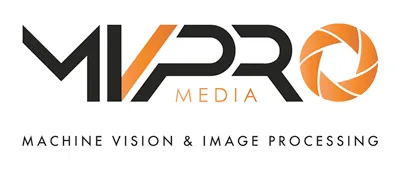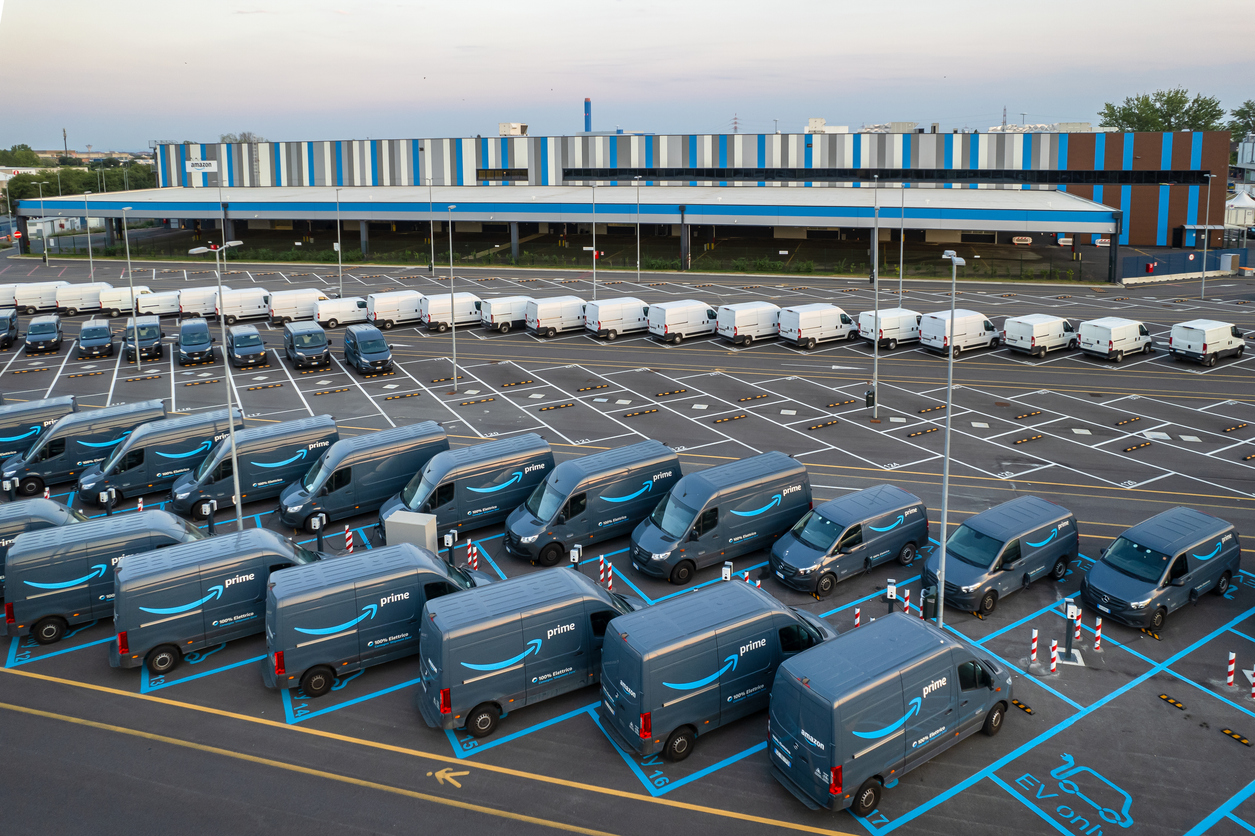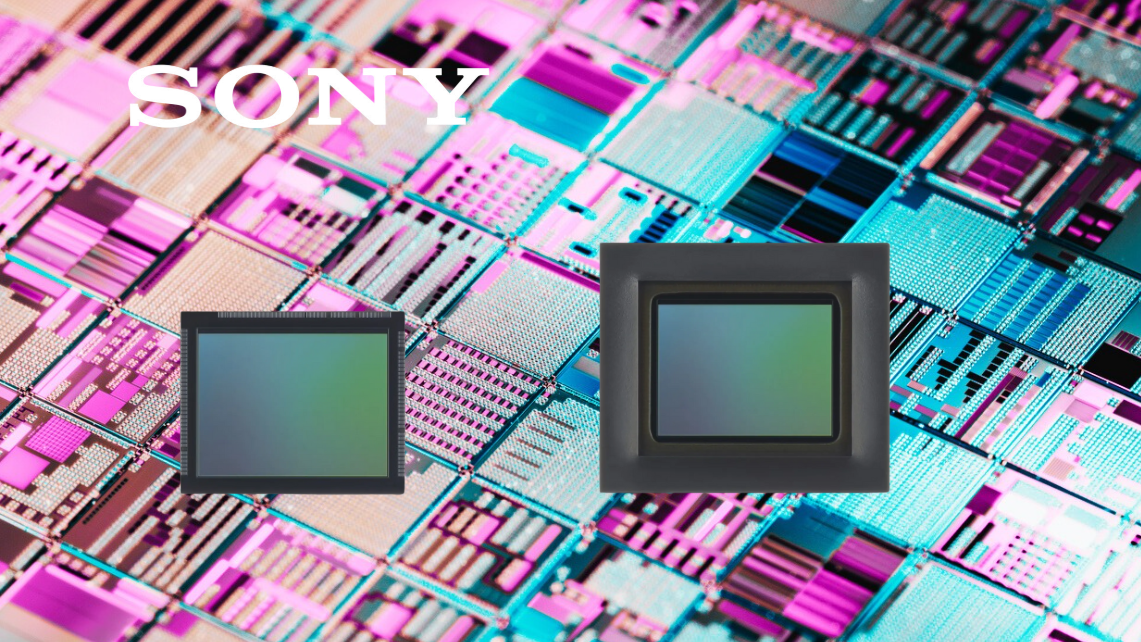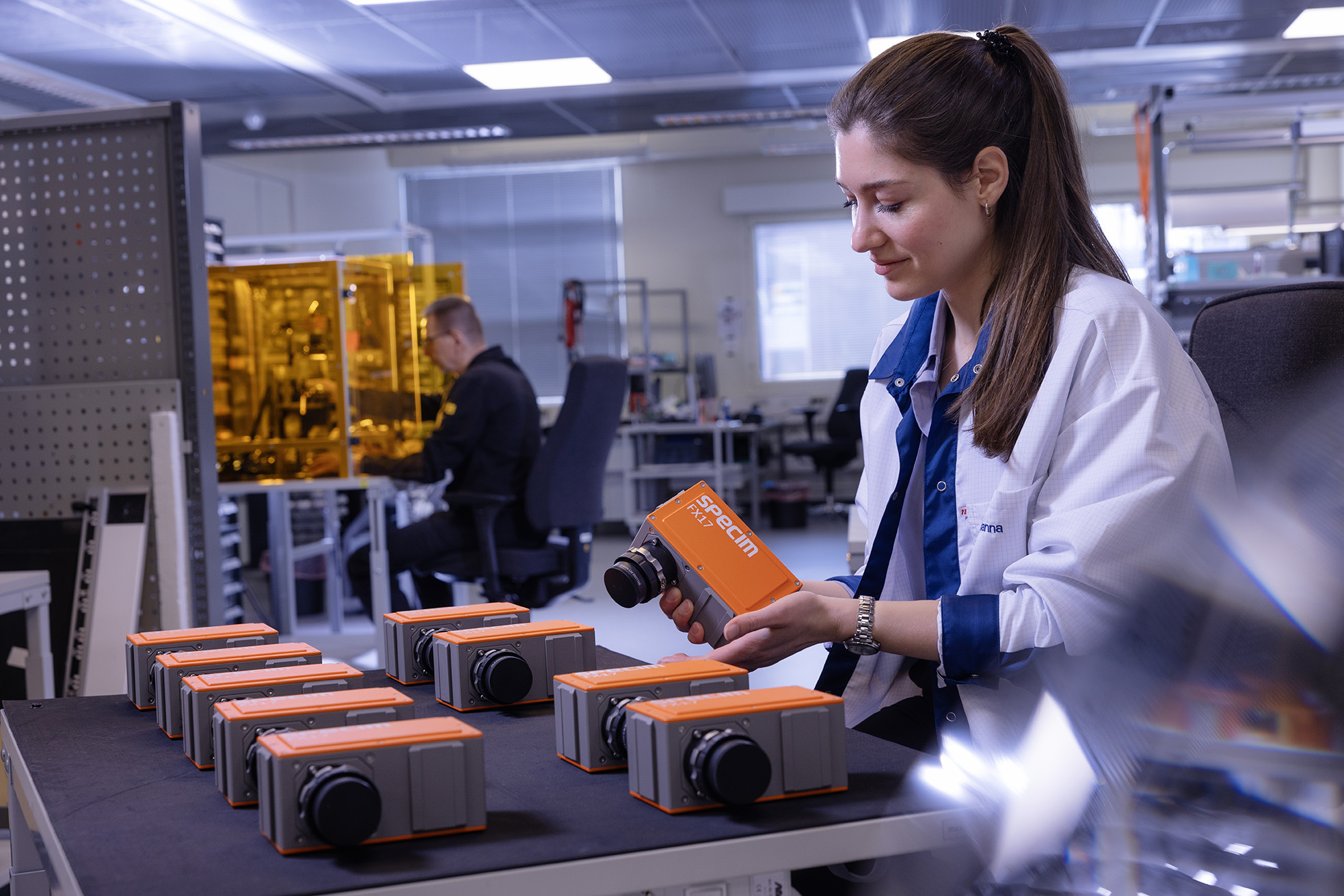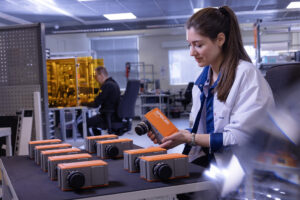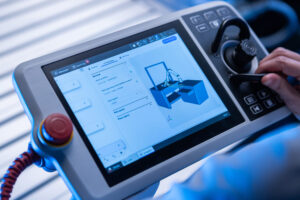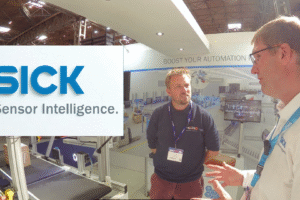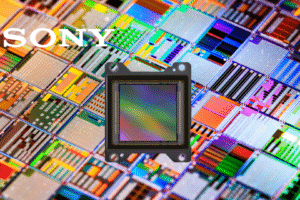Amazon has secured approval for an AI-powered, automated vehicle-inspection garage in Danbury, Connecticut, signaling another step forward in the adoption of machine vision for fleet safety and predictive maintenance.
The new facility will use UVeye’s computer vision and machine learning systems to scan delivery vans for damage and defects, including undercarriage wear, tire issues, or embedded objects. This automated approach promises to cut downtime, reduce maintenance costs, and improve the safety of Amazon’s logistics operations.
Machine vision in the driver’s seat
At the heart of the system are high-resolution imaging technologies that capture detailed vehicle data in seconds. UVeye’s AI models then analyse these images in real time, flagging issues that might be missed by human inspectors.
This is machine vision applied directly to fleet management: delivering consistency, speed, and accuracy at a scale suited to Amazon’s vast delivery network. By replacing visual checks traditionally carried out manually, Amazon ensures a more reliable inspection pipeline while freeing up human resources for higher-value tasks.
Predictive maintenance and fleet uptime
Vehicle downtime remains one of the costliest challenges for logistics operators. A single delivery van taken out of service can disrupt routes, delay packages, and increase operational costs.
By embedding machine vision into its inspection process, Amazon moves closer to predictive maintenance — servicing vehicles based on real-time condition data rather than fixed intervals. This means problems like tire punctures or hidden undercarriage cracks can be detected before they cause breakdowns on the road.
For Amazon, even marginal gains in fleet uptime translate to significant improvements in delivery reliability and customer satisfaction.
Broader industry implications
Amazon’s adoption of UVeye’s technology underscores a wider trend: machine vision is leaving the factory floor and finding new applications in transportation, logistics, and mobility.
Automated inspection technologies are already being trialled by OEMs, dealerships, and rental companies, but Amazon’s scale could set a precedent for mainstream adoption across global logistics.
This move also highlights the growing convergence of AI, computer vision, and mobility infrastructure, where predictive analytics, digital twins, and automated inspections are redefining how vehicles are maintained.
Challenges ahead
While the technology is proven, scaling it across Amazon’s global operations presents challenges. These include integration with legacy systems, ensuring inspection data flows seamlessly into fleet management platforms. There are also costs of rollout, which may limit adoption by smaller operators, as well as regulatory frameworks, since automated inspection still sits in a grey area of compliance and certification in some regions.
Despite these hurdles, the approval in Connecticut sets an important precedent, both for Amazon and for the wider logistics industry.
Why it matters for machine vision
For the machine vision sector, Amazon’s move is a milestone. It demonstrates that AI-powered imaging systems are not confined to industrial inspection or factory automation but are becoming essential in everyday operational infrastructure.
As global supply chains continue to push for greater speed and efficiency, machine vision will play a pivotal role in keeping fleets safe, reliable, and ready to deliver.
Conclusion: vision driving logistics forward
Amazon’s new garage in Danbury represents more than an efficiency upgrade. It is an example of how computer vision is evolving into a mission-critical technology for mobility and logistics.
If successful, this deployment could pave the way for wider adoption of automated vehicle inspections across commercial fleets worldwide, positioning machine vision not just as a factory tool, but as an operational backbone for the next generation of transportation.
